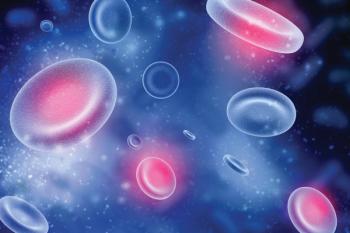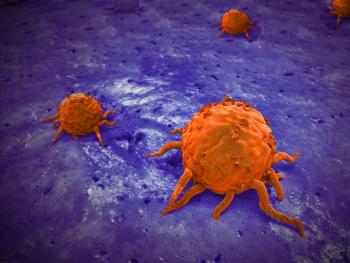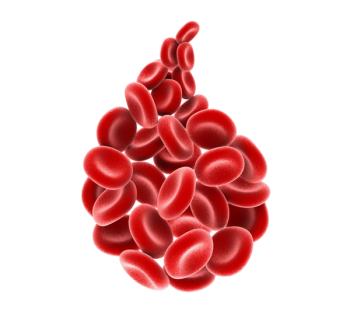
Oncology NEWS International
- Oncology NEWS International Vol 15 No 5
- Volume 15
- Issue 5
Brachytherapy, High-Dose EBRT Equal for Early Prostate Ca
High-dose external beam radiation therapy (EBRT) and brachytherapy are equally effective in treating localized prostate cancer, according to a study presented at the 2006 Prostate Cancer Symposium (abstract 38). "Our findings show that either therapy is an excellent choice for treating early-stage prostate cancer," said John J. Coen, MD, assistant professor of radiation oncology at Harvard Medical School.
SAN FRANCISCOHigh-dose external beam radiation therapy (EBRT) and brachytherapy are equally effective in treating localized prostate cancer, according to a study presented at the 2006 Prostate Cancer Symposium (abstract 38). "Our findings show that either therapy is an excellent choice for treating early-stage prostate cancer," said John J. Coen, MD, assistant professor of radiation oncology at Harvard Medical School.
This case-matched analysis compared outcomes for 132 patients receiving high-dose EBRT on a recently reported randomized trial with those for 132 similar patients treated with prostate brachytherapy. All patients were treated between 1996 and 2000. The men were matched for age, Gleason score (GS), tumor stage, and initial PSA level. The Gleason score was the same for both groups (85% GS 6, 13% GS 7, 2% GS 8-10) as was the T stage (75% T1, 25% T2). Median PSA was similar for the two groups: 5.5 ng/mL (range, 0.6 to 12.1) for brachytherapy vs 6.1 ng/mL (range, 0.7 to 13.8) for EBRT. Median follow-up was 5.4 years for EBRT and 4.7 years for brachytherapy. No patients received hormonal therapy.
Biochemical no evidence of disease (bNED) by ASTRO criteria without backdating was the same in both groups at 5 years. Overall bNED was 88% and 90% for EBRT and brachytherapy, respectively (P = .70). The corresponding rates for men at low risk were 84% and 89% (P = .34), and 94% for men at intermediate risk in both groups (P = .85). There were an insufficient number of high-risk men to be included for analysis. "As the outlook appears to be similar in these patients, quality-of-life assessments may guide treatment decisions in the future," Dr. Coen concluded.
Articles in this issue
over 19 years ago
Genentech Files sBLA for Avastin for First-Line NSCLC Treatmentover 19 years ago
RFA Effective for Single, Small Hepatocellular Carcinomaover 19 years ago
New Imaging, ChemoRT Recommendations From NCCNover 19 years ago
Panitumumab Improves PFS in Advanced Colon Caover 19 years ago
Studies Question Watchful Waiting for Some Prostate Ca Ptsover 19 years ago
Growing Evidence Supports Stem Cell Hypothesis of Cancerover 19 years ago
FDA Approves New Every-3-Week Dosing for Aranespover 19 years ago
Telephone Often Delivers News of Breast Cancer Diagnosisover 19 years ago
IND Submitted for CYT-500Newsletter
Stay up to date on recent advances in the multidisciplinary approach to cancer.



















































































